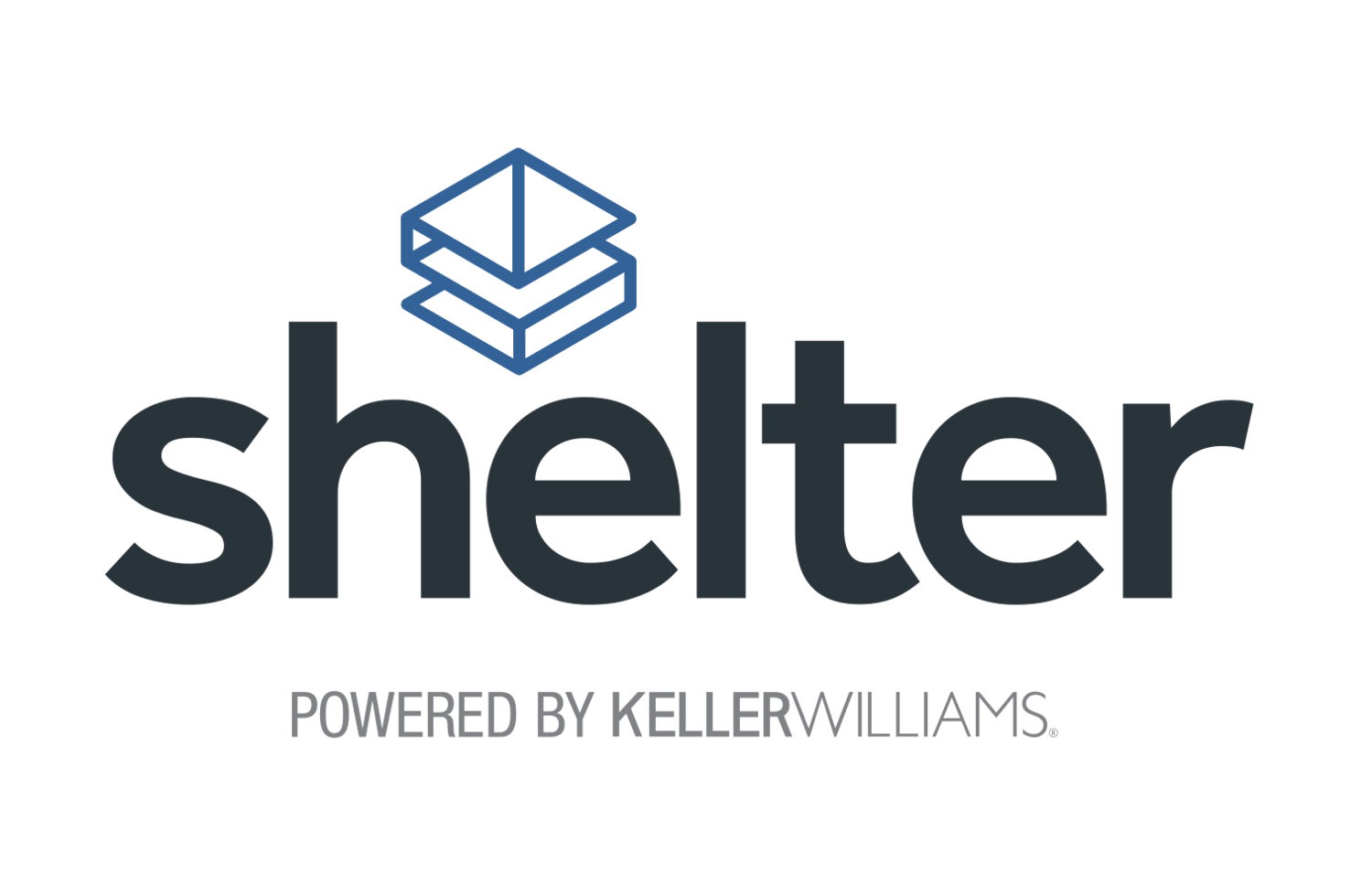the odds of a home price correction just spiked—this interactive chart shows if your local housing market is at risk
/By Lance Lambert | Published on May 20, 2022
There's no way around it: if the Federal Reserve is going to get runaway inflation back under control, it's going to cause some economic damage along the way.
The central bank has already put immense upward pressure on mortgage rates, which have spiked from 3.11% to 5.25% over the past five months, as it works to cool one of inflation's biggest drivers, the booming U.S. housing market. If policy makers can slow down housing, they have a shot at slowing down overall price growth.
"Stock prices were very high relative to pre-pandemic, home prices are very high relative to pre-pandemic...My theory is that all of that is leading people to feel more confident and to spend more, and may be what's pushing us into higher consumption, higher spending, and higher inflation," said Neel Kashkari, president of the Federal Reserve Bank of Minneapolis, on CNBC earlier this month.
Does that mean the Fed will cause home prices to have their own correction?
We're already seeing the U.S. housing market slow down in the face of spiking mortgage rates. Mortgage applications are declining, fewer listings are getting multiple offers, and inventory levels are rising again. However, that's a deceleration—meaning prices are going up at a more modest rate—not a price correction.
Last month, Fortune reached out to real estate research firm CoreLogic to see if it would provide its assessment of the nation's largest regional housing markets. CoreLogic looked at 392 U.S. markets in April and found that 17 regional housing markets had a greater than 40% chance of seeing local home prices decline over the next 12 months.
The U.S. macroeconomic situation has soured since April. To see if that downturn has shifted the outlook of the housing market too, Fortune once again asked CoreLogic to run an assessment of regional housing markets. The finding? Now 70 regional housing markets have a greater than 40% chance of home prices dropping over the coming 12 months.
Last month, Fortune reached out to real estate research firm CoreLogic to see if it would provide its assessment of the nation's largest regional housing markets. CoreLogic looked at 392 U.S. markets in April and found that 17 regional housing markets had a greater than 40% chance of seeing local home prices decline over the next 12 months.
The U.S. macroeconomic situation has soured since April. To see if that downturn has shifted the outlook of the housing market too, Fortune once again asked CoreLogic to run an assessment of regional housing markets. The finding? Now 70 regional housing markets have a greater than 40% chance of home prices dropping over the coming 12 months.
Among the 392 regional housing markets that CoreLogic measured, 144 ranked in the "very low" risk grouping. Another 177 housing markets landed in the "low" group, 44 markets qualified for the "medium" group, and 22 markets crept into the "high" group.
CoreLogic categorized only four markets as having a "very high" likelihood of a price drop: Bend, Ore., Prescott, Ariz., Lake Havasu City, Ariz., and Bridgeport, Conn. (i.e. Fairfield County, Conn.).
When CoreLogic analyzed the housing market back in April, the company found that the average market had a 13% chance of experiencing a home price drop over the coming 12 months. Now, CoreLogic says the average regional housing market has a 28% chance of a price drop over the coming 12 months. That's a 15 percentage point spike in just a one month period.
Why the big spike over the past month? CoreLogic points to surging mortgage rates, declining consumer confidence, and home price overvaluation.
While CoreLogic finds the odds of a home price correction are rising, it still believes nationwide home prices will inch higher over the coming year. Between March 2022 and March 2023, CoreLogic predicts U.S. home prices will rise another 5.9%.


